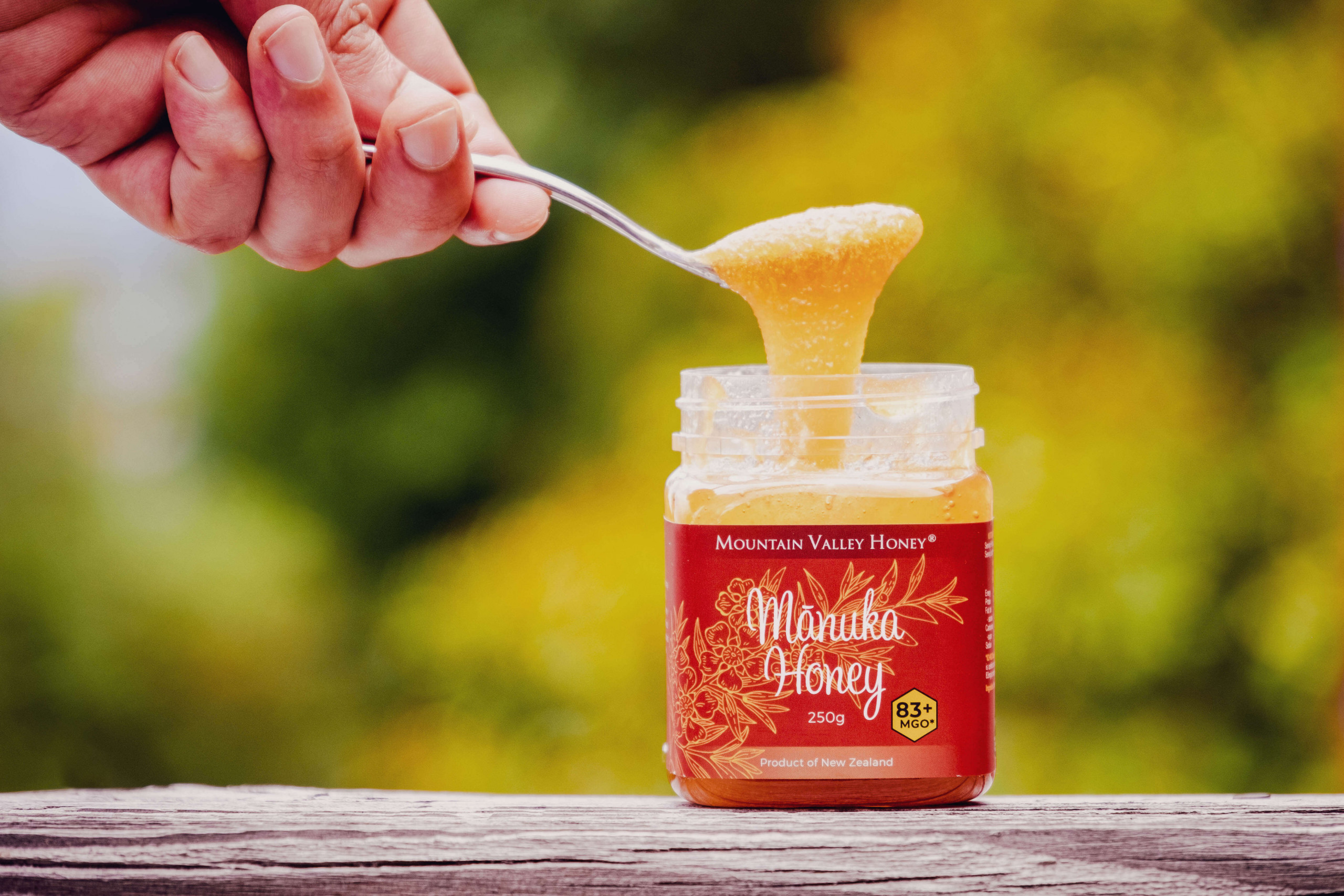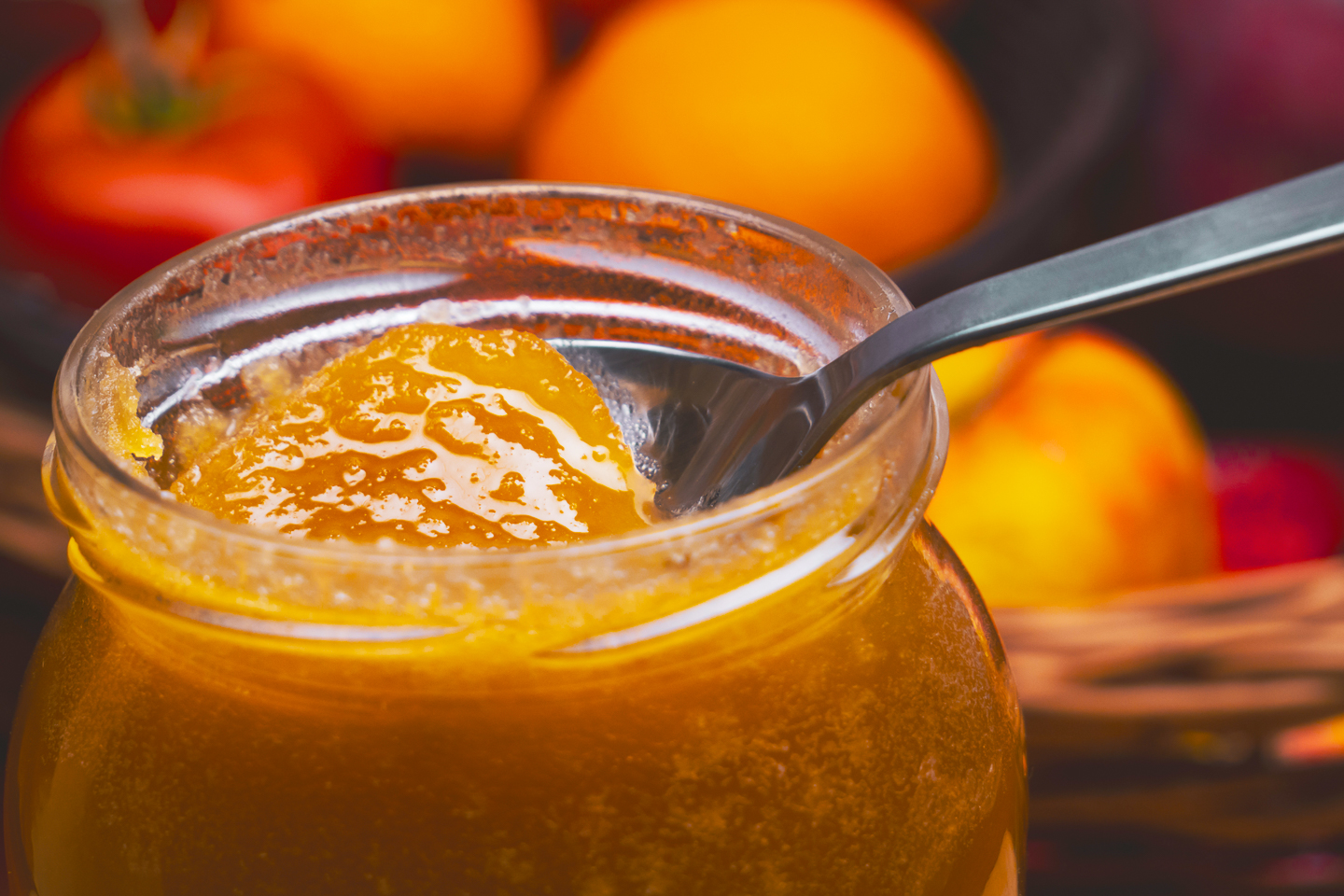How do bees make Honey? 4 Steps that Honeybees make.
Most people know that bees make honey. But do you know exactly how bees make honey? If you read on, you may be surprised to find out that the process is very complicated indeed. In fact, it’s hard not to be completely astonished by how these clever little creatures make this incredible natural product.

1. Gathering the nectar
The first step for making honey is to find some nectar-producing flowers. Collecting this sweet liquid from flowers is the job of the foraging worker bee, and she is seriously good at it. Using her highly-sensitive antennae, a foraging bee can detect nectar up to two kilometres away. Flowers produce nectar at different times of the day, but the clever bees know exactly which time is best to pay them a visit.
The bee sucks up the nectar with her long, straw-like tongue, called a proboscis, transferring it into a special pouch called a ‘honey stomach.’ If the bee is hungry she can open a valve in this pouch, releasing some of the nectar into her stomach. That gives her the energy she needs for the hard work of flying from flower to flower.
Honeybees can fly up to five kilometres from their hives to find food, although most flights are around 800 metres. When the pouch is full, the bee returns to the hive, bearing her precious load of nectar.

The honey pouch can store almost 40mg of nectar. That’s a lot of weight to carry back — since bees only weigh around 50 mg, that’s not much less than her own weight!
While she is foraging for nectar, the bee also collects pollen on her hairy body. From time to time she will stop to groom herself, packing the pollen into little ‘baskets’ on her legs. The pollen is important for feeding the young bees back at the hive. Raw honey still contains traces of pollen, giving it special properties that aid human health.
2. Converting the nectar to honey
The important work of turning nectar into honey takes place inside the beehive. At this point, younger worker bees, called house bees, take over. The nectar is passed over, from mouth to mouth. The house bees then digest the nectar for around 30 minutes, adding a special enzyme called invertase. This substance converts the complex sugar in nectar (sucrose) into two simpler sugars: glucose (blood sugar) and fructose (fruit sugar).
The nectar is passed on, from one bee to the next, until its moisture content is reduced — from around 70% to 20%. At this point, the bees take the honey to the top of the hive and deposit it into one of the open hexagonal honeycomb cells. It takes many tiny drops of honey to fill just one cell.

3. Fanning and ripening the honey
The next job is to ripen the honey, or dry it out. Working day and night, the bees use their wings to create a warm breeze that dries and ripens the honey. If the water content is too high, the honey will ferment. Properly ripened honey cannot be contaminated by fungi or bacteria. Somehow the bees know when the honey is just right.
4. Sealing the honeycomb cell
When the honey has dried out enough, the bees seal the honeycomb cell with wax, making it airtight and locking in all the goodness.

The bees use the stored honey to feed themselves during the winter. They also mix it with pollen to make ‘bee-bread’ which they feed to their young.
Although honeybees make more honey than they need, beekeepers always have to be careful not to take too much — otherwise the bees can starve. It is always a good idea to check where your honey comes from. Ethical beekeepers love their bees and are careful to follow sustainable practices.

So next time someone asks “how do bees make honey” you’ll be able to tell them all about this magical process. And, next time you spread honey on your toast, you might want to take a moment to say thank you to the clever honeybees who worked so hard to make it.


